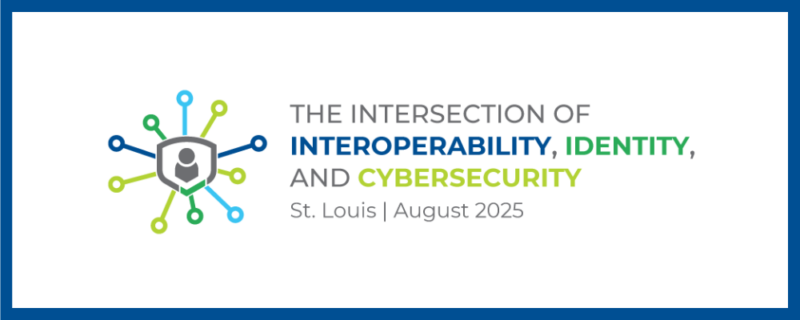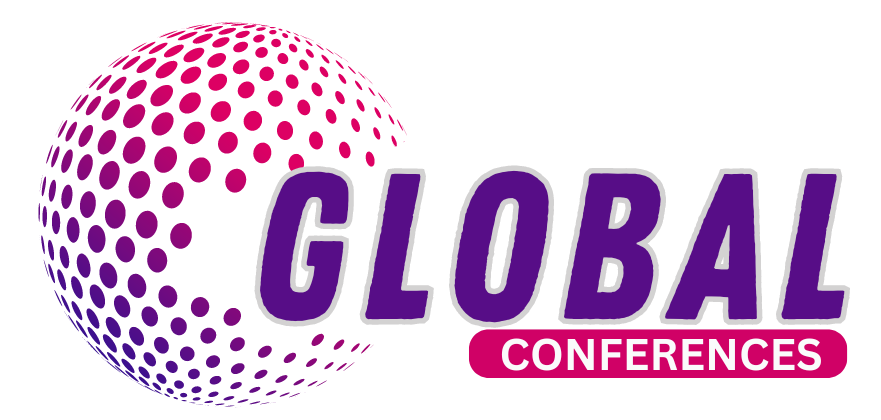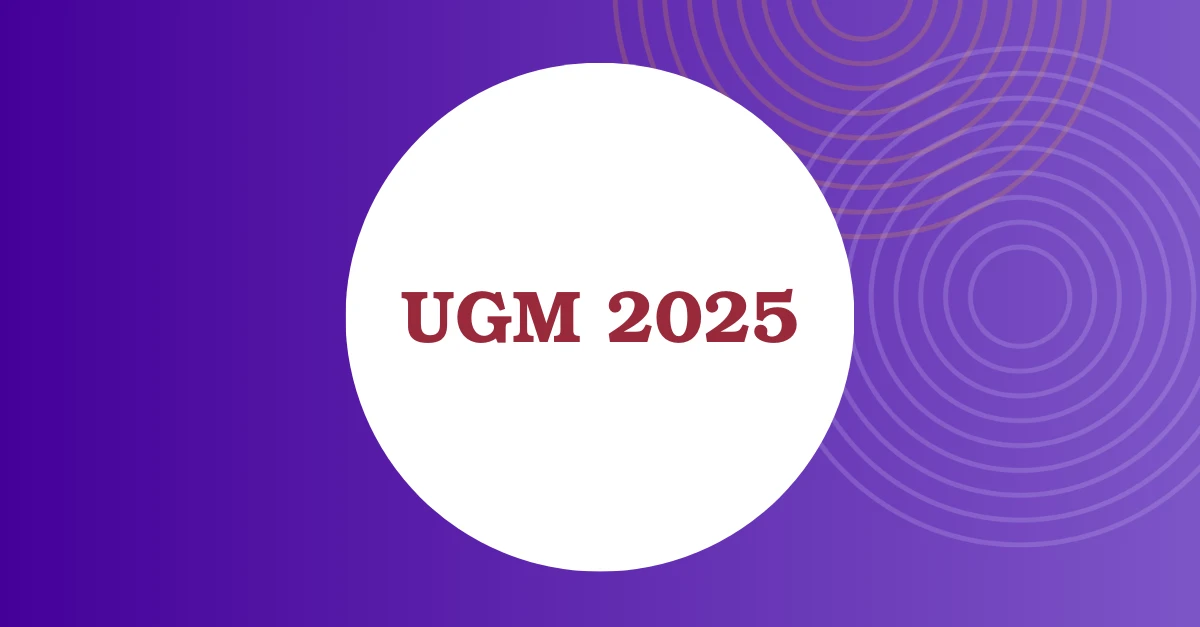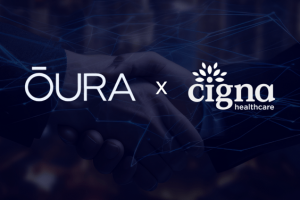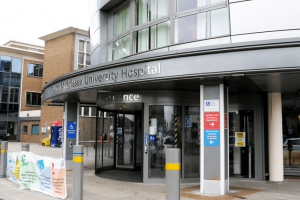The medical device connectivity market was valued at USD 2.6 billion in 2023 and is anticipated to grow to USD 12 billion by 2031, registering a compound annual growth rate (CAGR) of 21% from 2024 to 2031.
The medical device connectivity market report by DataM Intelligence offers detailed insights and analysis into key trends, growth drivers, and emerging challenges within the industry. Dedicated to providing actionable intelligence, DataM Intelligence helps organizations make informed strategic decisions and stay competitive. By blending qualitative and quantitative research approaches, the firm produces comprehensive reports that assist clients in navigating complex market dynamics, identifying growth avenues, and capitalizing on new opportunities in a rapidly evolving global landscape.
Market Overview:
Medical device connectivity refers to the process of linking medical devices with electronic medical records (EMRs) to facilitate seamless data exchange. On the other hand, medical device integration involves incorporating these devices into a healthcare facility’s broader IT ecosystem.
Both connectivity and integration are essential to modern healthcare systems. With the increasing number of devices used in patient care, the ability to collect, process, and act on the data they generate has become critical. This functionality enables faster, data-driven decision-making, which in turn can accelerate treatment and improve patient outcomes.
Key drivers of market growth include continuous technological advancements in medical devices, the expanding adoption of telemedicine and remote care solutions, and favorable government policies and initiatives.
Evolving Market Dynamics and Opportunities:
The global medical device connectivity market is witnessing robust growth, primarily propelled by ongoing technological advancements. A major factor in this expansion is the adoption of cutting-edge technologies—such as the Internet of Things (IoT), cloud computing, and data analytics—into next-generation medical devices, significantly enhancing their capabilities and performance.
IoT-enabled medical devices have particularly transformed data management in healthcare. These devices support real-time connectivity and facilitate seamless communication between medical equipment and healthcare IT systems, improving patient data management and streamlining clinical workflows.
Leading companies in the industry are focusing on innovation to remain competitive and meet the increasing demand for connected healthcare solutions. For instance, in May 2024, Vivalink launched an advanced technology platform for Mobile Cardiac Telemetry (MCT) and Holter monitoring. This new solution integrates remote patient monitoring tools with sophisticated arrhythmia detection algorithms, enhancing care quality and deployment efficiency. By unifying MCT and Holter services on a single platform, healthcare providers can simplify operations and reduce the costs associated with ambulatory ECG monitoring.














